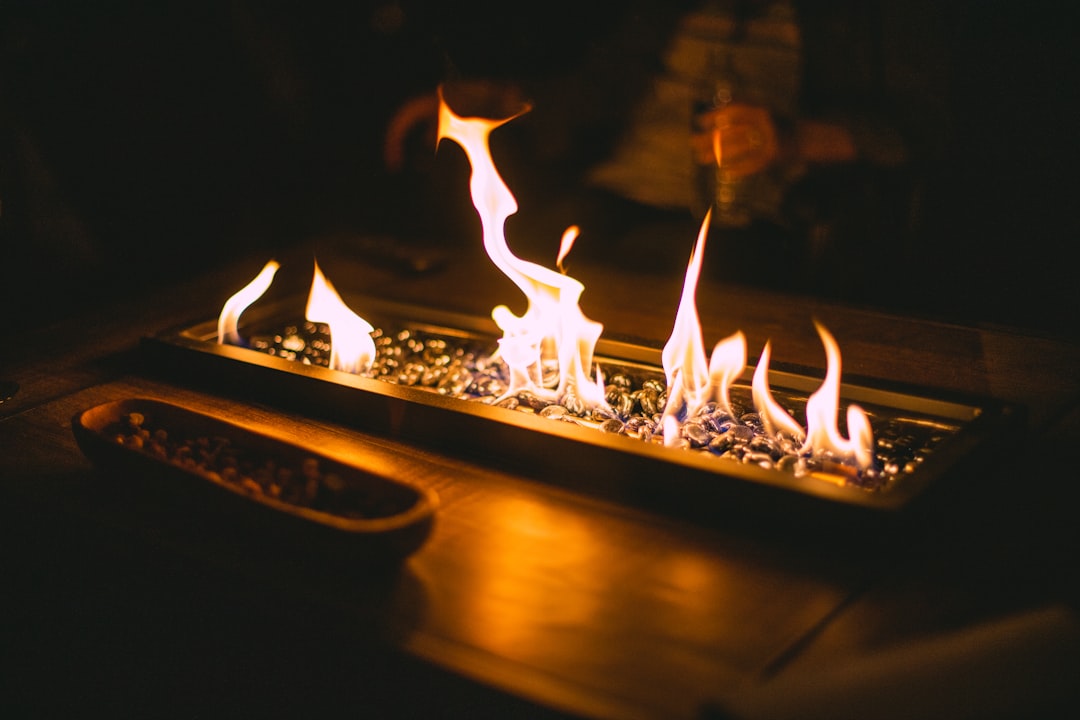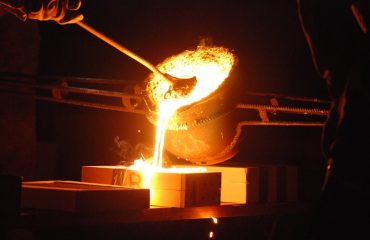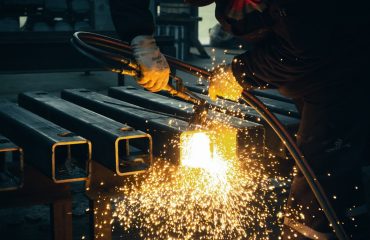body {
font-family: sans-serif;
line-height: 1.6;
}
h1, h2, h3 {
color: #333;
}
Fire-resistant steel plays a critical role in safeguarding lives and property in countless applications, from skyscrapers and bridges to industrial facilities and vehicles. Its ability to withstand extreme temperatures and maintain structural integrity during a fire is paramount to ensuring safety and minimizing damage. This comprehensive guide delves into the fascinating world of fire-resistant steel, exploring its properties, applications, manufacturing processes, testing standards, and future innovations.
Understanding the Properties of Fire-Resistant Steel
Fire-resistant steel isn’t simply a single material; it’s a broad category encompassing various alloys designed to exhibit exceptional fire resistance. These steels achieve their fire-resistant properties through a combination of factors. Crucially, they possess a high melting point, preventing rapid collapse under intense heat. Their composition often includes elements like chromium, nickel, and molybdenum, which enhance their high-temperature strength and oxidation resistance. The microstructure of the steel also plays a crucial role, influencing its ability to withstand thermal shock and maintain its structural integrity. Furthermore, the thickness of the steel section contributes significantly to its fire resistance; thicker sections retain their strength for longer periods at elevated temperatures.
Manufacturing Processes and Alloying Techniques
The manufacturing process for fire-resistant steel involves precise control over composition, melting, casting, and heat treatment. High-quality raw materials are essential to ensure consistent performance. The precise alloying of elements like chromium, nickel, and molybdenum is crucial for achieving the desired high-temperature strength and oxidation resistance. Different manufacturing techniques, including electric arc furnaces and vacuum induction melting, are employed depending on the specific alloy and required purity. Following melting, the steel undergoes rigorous processes like rolling and forging to achieve the desired shape and dimensions. Heat treatment is then used to refine the microstructure and optimize the mechanical properties of the finished product. Strict quality control measures are implemented throughout the process to guarantee the final product meets stringent performance standards.
Key Applications of Fire-Resistant Steel in Construction and Industry
Fire-resistant steel finds extensive applications across various sectors. In construction, it forms the backbone of high-rise buildings, providing structural integrity in case of fire. It’s used in structural framing, columns, beams, and cladding. Bridges and tunnels also benefit from its superior fire resistance, ensuring continued safe passage even during emergencies. The industrial sector relies heavily on fire-resistant steel in manufacturing plants, refineries, and power generation facilities, protecting critical equipment and infrastructure. Furthermore, it’s incorporated into fire doors, fire-rated walls, and other passive fire protection systems. Transportation, including rail and automotive industries, utilizes fire-resistant steel to enhance the safety of vehicles and rolling stock.
Testing and Standards for Fire-Resistant Steel
Rigorous testing is crucial to verify the fire-resistant properties of steel. Standard test methods, such as those defined by ASTM (American Society for Testing and Materials) and ISO (International Organization for Standardization), are widely used. These tests assess the steel’s performance under controlled fire conditions, measuring parameters like temperature rise, load-bearing capacity, and deflection. Fire resistance ratings, typically expressed in terms of fire-resistance periods (e.g., 30 minutes, 60 minutes, 120 minutes), are assigned based on the test results. These ratings provide crucial information for engineers and designers to select the appropriate steel grade for specific applications. Compliance with relevant building codes and regulations is essential for ensuring the safety and integrity of structures incorporating fire-resistant steel.
Future Advancements and Innovations in Fire-Resistant Steel
Research and development continue to push the boundaries of fire-resistant steel technology. Scientists and engineers are exploring innovative alloying techniques to enhance the high-temperature strength, oxidation resistance, and ductility of these materials. The development of advanced high-strength low-alloy (HSLA) steels with improved fire resistance is a significant area of focus. Furthermore, investigations into innovative manufacturing processes, such as additive manufacturing (3D printing), hold the potential to produce complex shapes and customized fire-resistant steel components with enhanced performance. The integration of smart sensors and materials within fire-resistant steel structures is also being explored to improve fire detection and monitoring capabilities.
In conclusion, fire-resistant steel is an indispensable material for ensuring safety and minimizing damage in fire situations. Its unique properties, diverse applications, and ongoing advancements underscore its critical role in protecting lives and infrastructure across various sectors. The future of fire-resistant steel looks bright, with continuous innovation promising even more robust and reliable performance in the years to come.
SEO Tags:
- Fire-resistant steel
- Fire protection steel
- High-temperature steel
- Fire-resistant materials
- Structural steel fire protection




